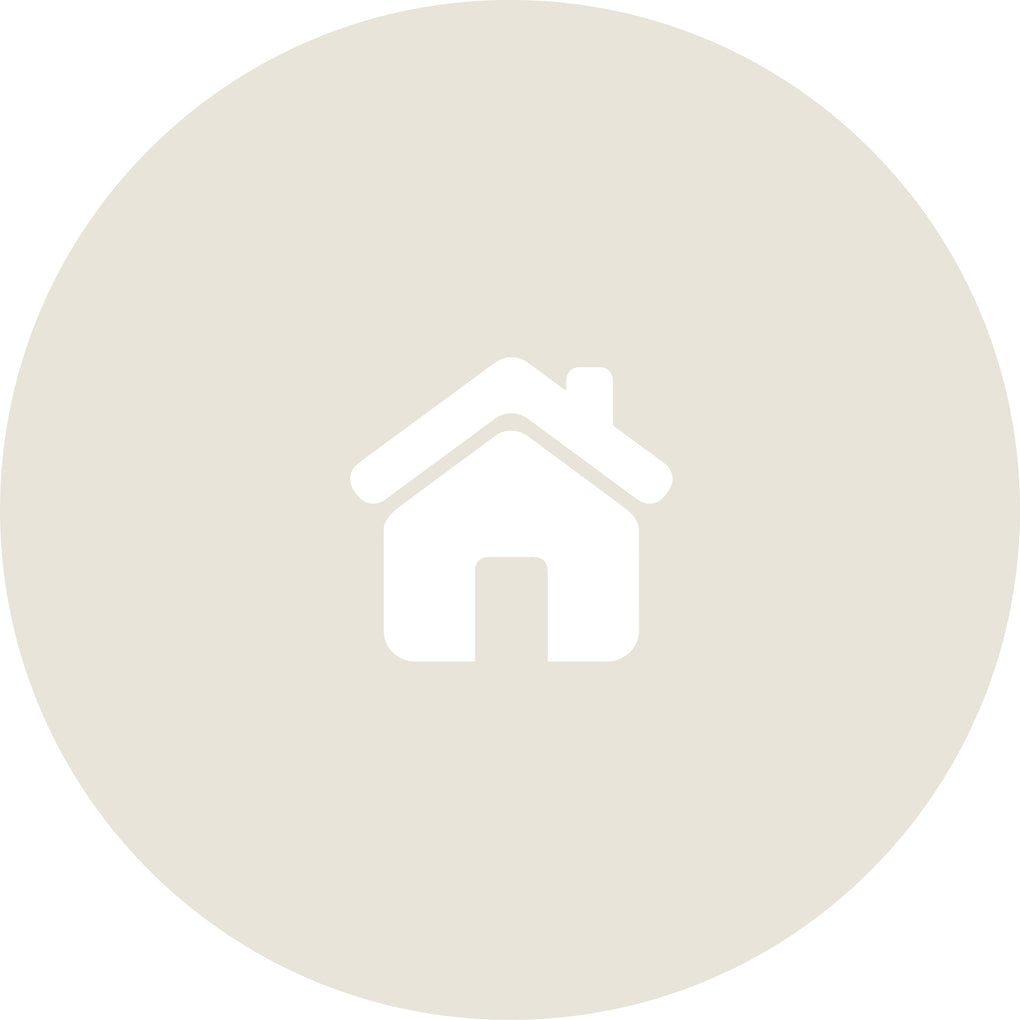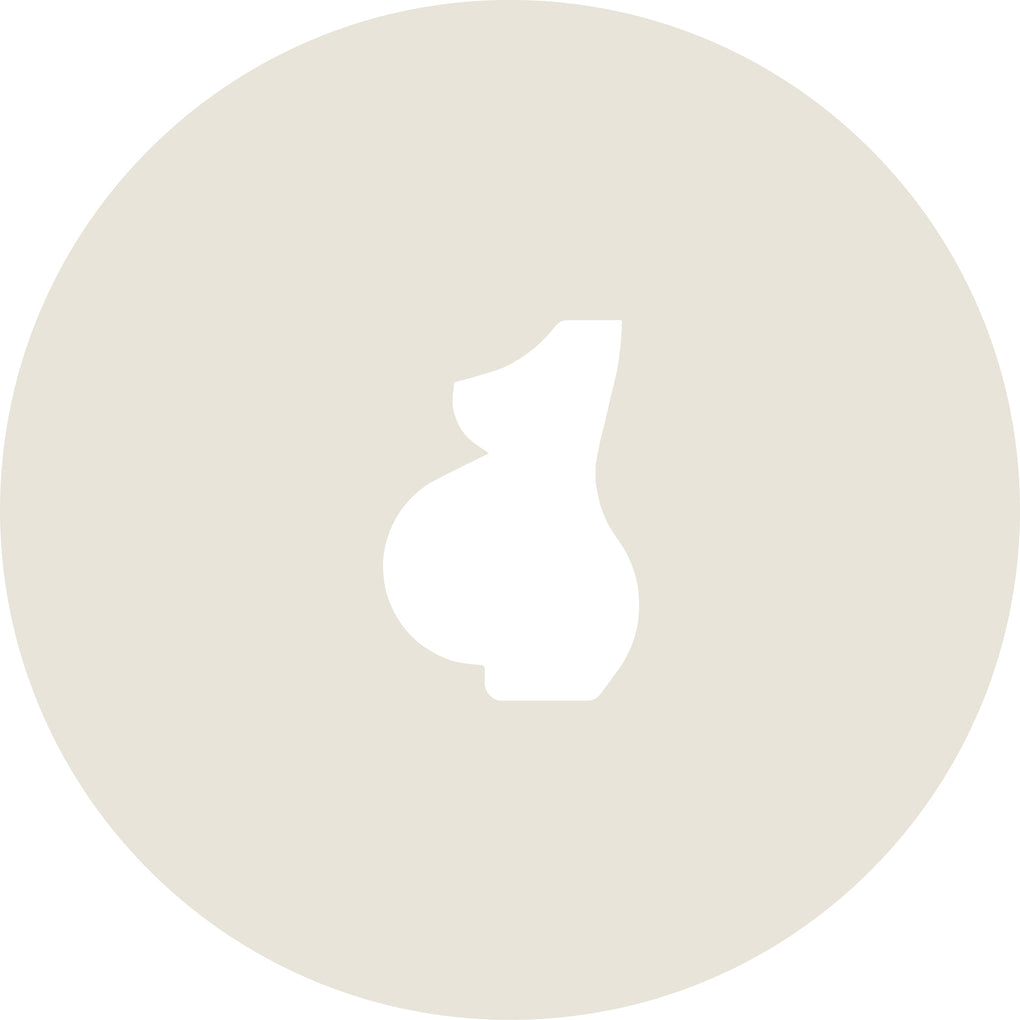We can all admit we are all a little obsessed with babies toes, they are just so tiny and there’s simply nothing cuter than little baby feet. But even though many people spend their day’s swooning over their babies tiny feet, are you taking the steps to protect them and ensuring their correct development. It’s important to protect them whilst they are out exploring this world. Their little feet will support them throughout their life on every adventure so it’s vital they get the right start in life.
Barefoot is best
We know those teeny tiny little shoes are just too cute to resist buying sometimes but in the early stages of development it is best to keep your little ones feet free and barefoot as much as possible. When they’re babies, their feet are initially made up of cartilage with not a bone in sight. These bones develop over several years and the rigid structure of shoes can have a negative effect on that development. As instead of developing into a natural shape, they can start to take on the shape of the shoe.
Walking barefoot or wearing socks strengthens the muscles in the feet and helps develop the grasping action of the toes. Plus, it introduces them to various surface tiles like soft carpet or cool tile beneath their feet.
Obviously bare feet are not always practical, especially when they have just started walking and are toddling all over the place. When walking outside or on rough surfaces their delicate skin needs protection from sharp objects.

Choosing the right shoes
Bones start out as cartilage and a child’s foot isn’t fully developed until as late as about 18 years old. So, it is vital, especially in the first few years of walking, but ideally until 18, that the child’s foot is not subjected to ill fitting, rigid or inappropriate shoes. Our parents persistent nagging that we had “proper” school shoes finally makes sense!
It is so easy to get swayed by the cute little booties you saw that you could totally twin together with, but the sad truth is not all children’s shoes are designed with the health of kids’ feet in mind. Depending on the stage of development your child’s feet have a unique set of requirements that the shoe choice needs to meet. Here are few tips to help you pick the right shoe for each stage.
Pre-Walkers
Newborn's and babies feet are super soft and chubby and are extremely pliable and vulnerable to damage if in the wrong shoe. For this stage we go back to barefoot is best, there really is no need to put your baby in shoes at this stage other than to protect from the cold. This stage lightweight and flexible shoes are best, choose a soft shoe which has very little structure. These are designed to be more like a protective second skin rather than a shoe.

First walkers
Your little one is discovering what their legs and feet can do and have started to explore the world on their own 2 feet, with some assistance from furniture and mum and dad of course. At this stage the shape of the foot is gradually starting to properly develop so it’s important for this stage this develops in the right way with the right shoe structure. Babies at this stage needs shoes that are flexible, lightweight and durable. They should have a secure and comfortable fastening simple like velcro which can be adjusted accordingly.
Confident walkers
Your little one did it! They are officially walking and are running off all over the place. Bones are starting to develop and fuse, and the arch on their foot is becoming more visible. For this stage they are getting a lot of use from their shoes and are definitely putting them through their paces. For this reason you need to pick a shoe with quite a bit of durability as they will be taking quite a battering. A more trainer style is suitable for this stage, but make sure there is still quite a lot of flexibility in the sole and forefoot area.

Get measured
Getting the right size shoe is just as important as the structure. A small shoe will restrict growth and too big can be unsafe and cause tripping. With this in mind, making sure that your children’s shoes are fitted and suited to their feet is one of the most important things you can do for their foot health in the short and long term. Getting your child’s feet measured in-store by a trained fitter is a great way to make sure you’ve got the correct shoes size for their growing feet.
Around the age they are starting to walk their feet can grow very quickly, potentially up to two whole sizes in a year! So regular sizing checks are important as they grow. Check that your child’s shoes fit properly every one to 3 months up to the age of 3 years, every 4 months between 3 and 5 years and every 6 months for children aged over 5.

Flexible soles
Always try to choose shoes with flexible soles. Flexible soles allow the foot and ankle to develop most naturally by enabling the foot to respond to changes in the walking environment and to make appropriate adaptations. They are recommended by podiatrists because they offer protection without being restrictive. When choosing a shoe, you should be at least able to bend the toe of the shoe up easily to help develop the immature muscles of the foot.
Wash
Caring for the delicate skin on your babies feet is super important. Preventing bacterial and fungal infections starts with good hygiene. Thoroughly washing your kid’s feet at bath time will help make sure they’re healthy. Afterwards make sure you dry them thoroughly, especially between the toes.

Trim those little nails
It’s crazy to think that nails start to grow as early at 8 weeks in the womb. When they are born their little nails are so tiny you need to look so closely to see even them. But these little things can cause your little one some pain if they scratch their face or body so it is important to keep them short and cut them regularly.
This will help prevent painful ingrown toenails. Signs of an ingrown toenail include pain, redness, and swelling. If an ingrown toenail does occur, ease the pain by putting a little bit of cotton between the skin and the ingrown toenail then head for your pediatrician or a podiatrist. A simple in-office procedure can safely fix the problem.
Happy feet equals a happy baby!



















